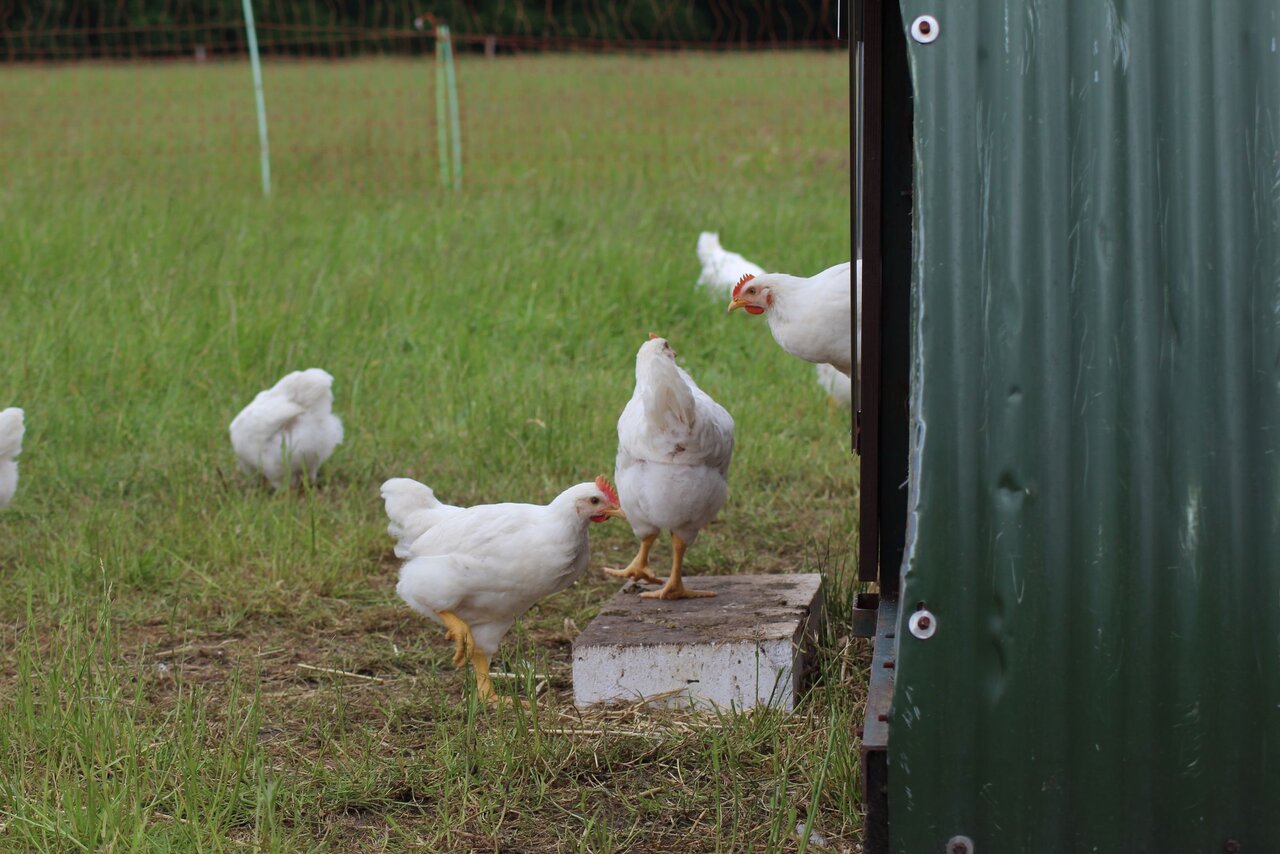Project
Bioindicators

One option to measure animal welfare objectively, is the recording of physiological parameters, so called bioindicators, that reflect the immune status of a heard as well as the stress level of the animals and that can be collected by minimal invasive sampling are of great importance for monitoring of animal welfare.
Background and Objective
One option to measure animal welfare objectively, is the recording of physiological parameters, so called bioindicators. A research approach is the evaluation of husbandry systems (e.g. indoor vs. outdoor) based on bioindicators, that allow to draw conclusions on the status of animal welfare and health on a farm. Bioindicators that reflect the immune status of a heard as well as the stress level of the animals and that can be collected by minimal invasive sampling are of great importance for monitoring of animal welfare.
Approach
Acute phase proteins (e.g. haptoglobulin, c-reactive protein) play an important role in innate immunity and can be used to evaluate the health status of a heard. They are closely related to the hypothalamic-pituitary-adrenal-axis which end products the glucocorticoids (e.g. cortisol, corticsteron) serve as indicators for stress load in animals.
These bioindicators offer the advantage of beeing determined e.g. in saliva, which comprise a less invasive sampling method than for example blood sampling. Simoultaneously, time effort is smaller, thus higher sample sizes are achievable. Samples can be analysed for example by antibody based detection methods (ELISA = Enzyme-linked Immunosorbent Assay), that are used for measuring antigen concentrations. Moreover, glucocorticoids can be determined in feaces, egg yolk, hair and feathers, which allows a retrospective statement over days, weeks and months, whereas measuring saliva reflects a time period of minutes to hours.

![[Translate to English:] [Translate to English:]](/media/_processed_/8/e/csm_Bildschirmfoto_2021-03-03_bearb_fc48ac88bf.jpeg)
![[Translate to English:] [Translate to English:]](/media/_processed_/8/e/csm_Bildschirmfoto_2021-03-03_bearb_ba3ec0e9d7.jpeg)
![[Translate to English:] Cortisol kann in der Schafswolle bestimmt werden. Drei Schafe auf einer Weide](/media/_processed_/6/7/csm_Projekt_Bioindikatoren-20230621_081454_HG_ecf48e1933.jpg)




